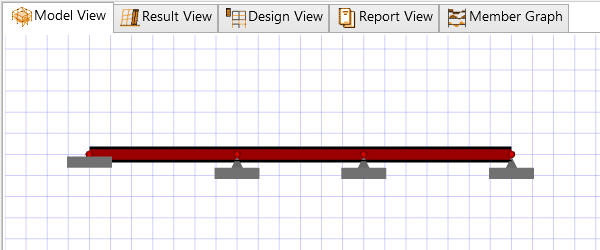Visual Analysis Software Student Downloadzerodigital
One of the best ways to improve visual literacy and visual communication skills is to analyze a visual artifact of some kind. If you haven’t done one before, a visual analysis can seem kind of overwhelming. Doing one requires you to think about a visual artifact of some kind, whether it be a billboard on the side of the freeway, an Andy Warhol painting, or a new toaster for sale, and actually have something important to say about it. A visual analysis requires you to think about what the artifact is, what its role in society is, and the impact is has had or probably will have on viewers. To do such an analysis, you need to understand how to do five important things:
Visual Analysis Type: Structural Software Scope: Visual Analysis is freely available for student use. VirtualBox Type: Virtualization Software Scope: VirtualBox is freely available as Open Source Software under the terms of the GNU General Public License (GPL) version 2. VMware Academic Program. The Visual Photometric Tool generates photometric reports for any properly formatted photometric file. The Photometric Tool allows you to evaluate the luminaire performance with the following output. Download VisualAnalysis for Windows to perform structural analysis and design for steel, wood, concrete, cold-formed steel, and aluminum.
1) choose a visual artifact that has meaning, purpose, or intrigue;
2) research the artifact to understand its context;
3) evaluate the rhetorical devices the artifact uses to affect an audience;
4) examine the design principles the artifact employs;
5) make a sophisticated argument about the topic based on your analysis.
It’s been my experience that students approaching a visual analysis assume that they have to find a visual artifact that is overtly controversial (like a racy lingerie ad using teenagers to sell products) or else there is nothing to say about it. However, thousands and thousands of visual objects and images that surround us make statements that are worth evaluating. In fact, you might check out a student example of an a visual analysis about the Volkswagen Beetle “Lemon” ad to see just how a seemingly mundane topic can be quite interesting.
With that in mind, I put together a 5-step process for putting together an effective visual analysis. If you would like to use this infographic for teaching or other purposes, feel free to download the PDF version. You can find other helpful free downloads on my resources page.
Related Articles
Alamut Visual is an exploration software application for genomic variations that integrates genetic and genomic information from different sources into one consistent and convenient environment.
It gathers in one place a wide set of external data and algorithms of recognized quality that are useful to the biologist for the clinical interpretation of genomic variants.
Alamut Visual has been developed to ease biologists and physicians’ daily genetic analysis activities. The Alamut database contains more than 28000 coding genes, non-protein coding genes and pseudogenes. This database (shared with the high throughput annotation engine for NGS data, Alamut Batch) is frequently updated.
Information comes from different public databases such as NCBI, EBI, and UCSC, as well as other sources including Mastermind®, gnomAD, ESP, Cosmic or ClinVar.
Users will also find in Alamut Visual nucleotide conservation data through many vertebrates’ species, with the phastCons and phyloP scores, amino acid conservation data through orthologue alignments and information on protein domains.
Moreover, Alamut Visual integrates several missense variant pathogenicity prediction tools and algorithms such as SIFT, PolyPhen, AlignGVGD or MutationTaster. It also offers a window dedicated to the in silico study of variants’ effect on RNA splicing, allowing the assessment of their potential impact on splice junctions and visualization of cryptic or de novo splice sites. Impact on splicing regulation can also be assessed there.
Furthermore, users will be able to visualize BAM alignments as well as associated VCF files in order to easily study variants detected by NGS analyses. Several BAM files can be loaded simultaneously for multi-sample studies such as trios.
Alamut Visual is used in cutting-edge university medical centers, hospitals and private genetic analysis laboratories worldwide. It is much appreciated by its users (see Testimonials) for the following reasons:

It allows them to save a significant amount of time by using this all-in-one application adapted to genetic analysis with a user-friendly and easy-to-use graphical interface. Consequently, the laboratory increases its productivity.

It strengthens the user’s analysis work quality and efficiency, relying on updated databases, applying HGVS nomenclature, and supporting good practices and recommendations of the genetic diagnostics community.
Visual Analysis Download
Alamut Visual complies with the ACMG/AMP Variant Interpretation Standards and Guidelines. Click here for details.
